Beanie is a brimless cap that tightly fits the head. It is typically worn over the ears. Beanies can be knitted or woven, cuffed or cuffless. They're also called skull caps, skullies, ski hats, wooly hats, knit caps and stocking caps.
Today’s article, we will try to explain the manufacturing process of a beanie hat production, mainly 19 steps.
When selecting yarn to manufacture a beanie, there are several factors to consider. The weight and thickness of the yarn will determine the warmth and texture of the beanie. Thicker yarns like wool are ideal for colder climates, while lighter-weight yarns like cotton or acrylic are better for milder temperatures.
The fiber content of the yarn will also affect the durability and softness of the beanie. Natural fibers like wool and alpaca are known for their warmth and durability, while synthetic fibers like acrylic and polyester can be softer and more affordable. The color and texture of the yarn can also influence the appearance of the beanie.
Ultimately, the choice of yarn will depend on the desired style, function, and price point of the beanie.
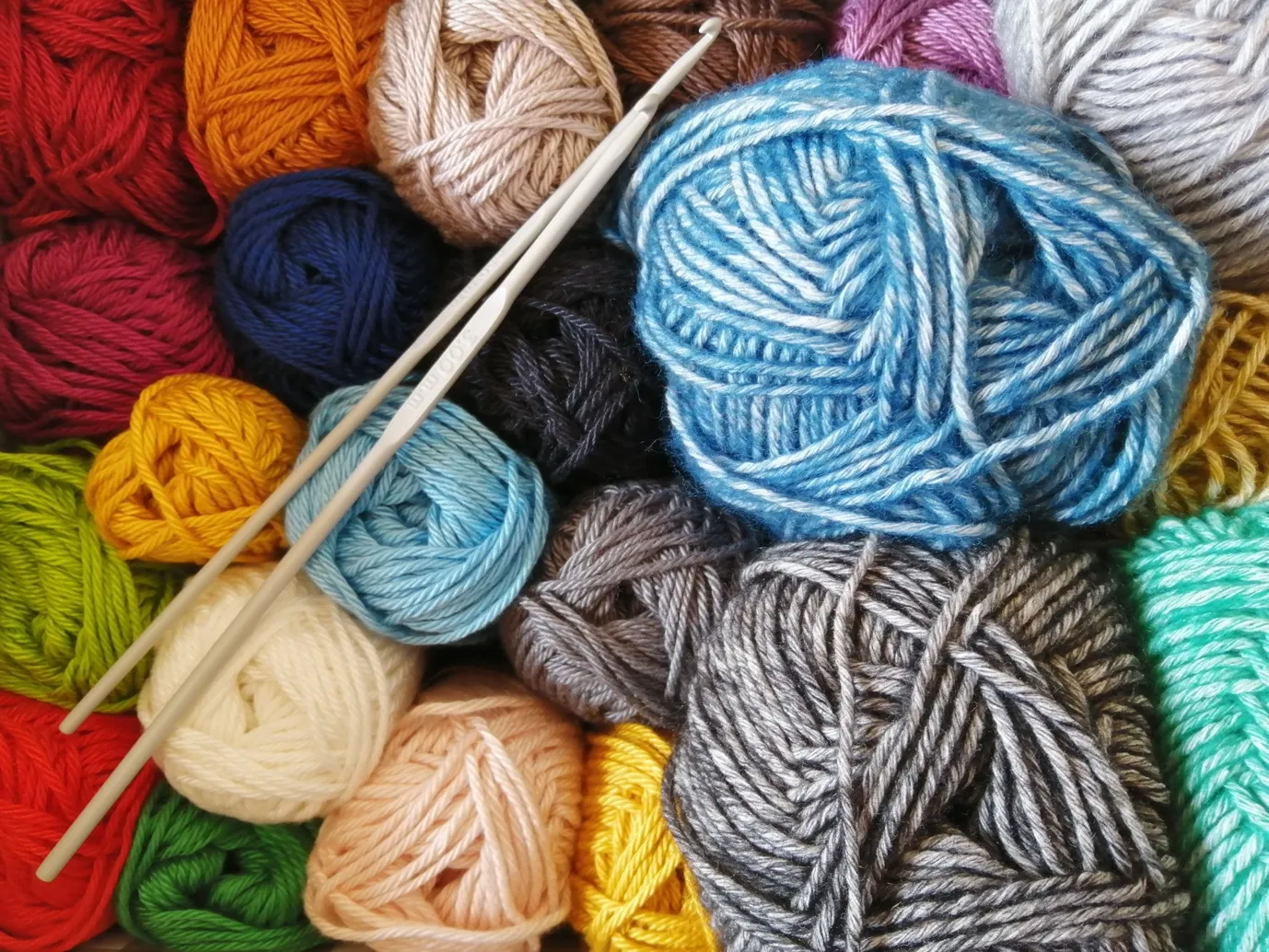
Skein winding is an important step in the process of manufacturing a beanie. It involves winding yarn from a large cone onto a smaller skein or ball, which makes it easier to work with during the knitting or crocheting process.
Skein winding ensures that the yarn is evenly distributed and untangled, which helps to prevent knots and irregularities in the finished product. It also allows for easier storage and transportation of the yarn. The skein winding process can be done manually or with a machine, depending on the size and scale of production.
Overall, skein winding is a crucial step in ensuring that the yarn used to manufacture a beanie is of high quality and ready to be used in the knitting or crocheting process.
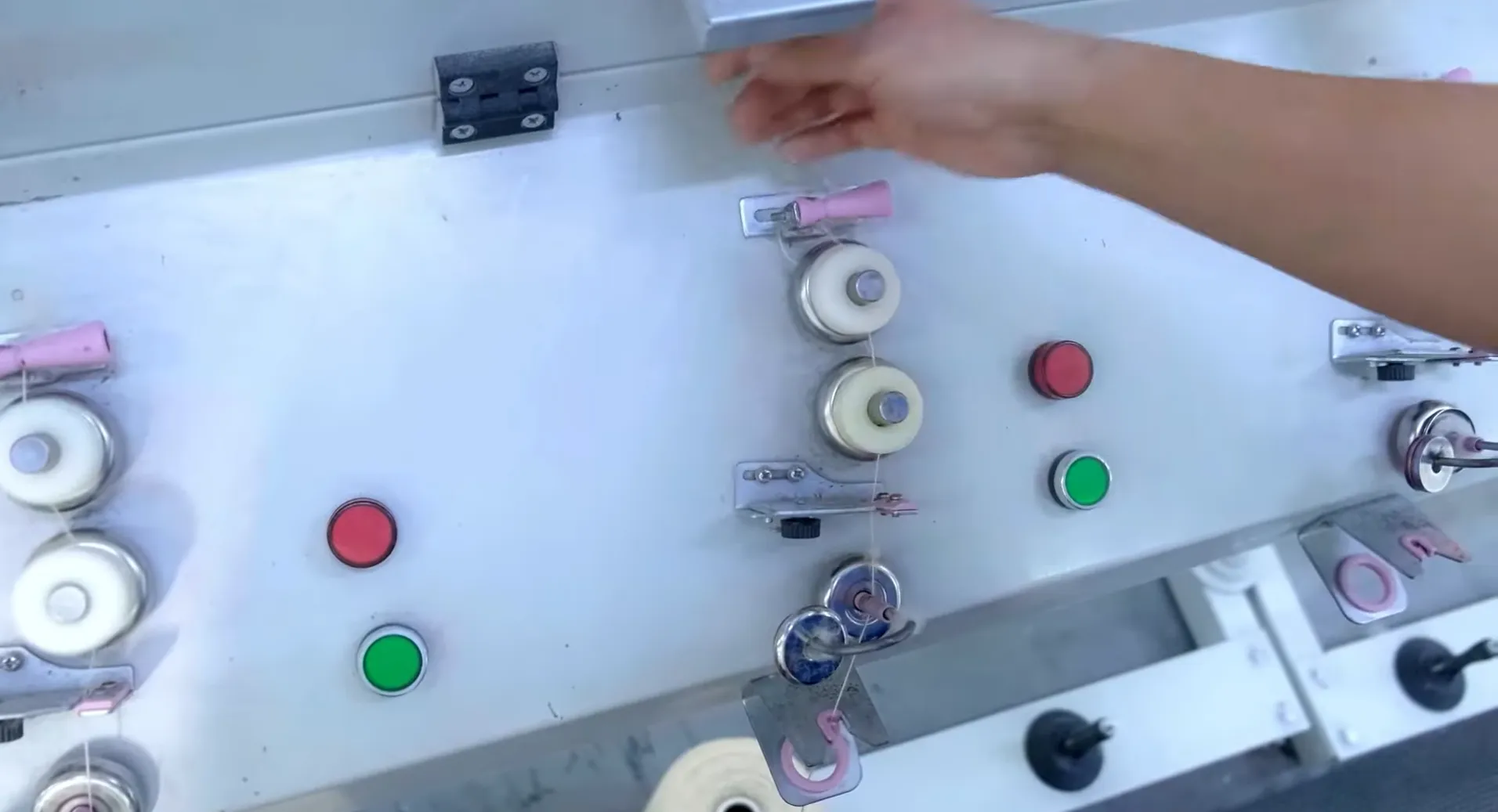
Warp sizing is the process of giving a protective coating on the warp yarn to minimize yarn breakages during weaving operation.
Sizing the warp is science versus art. Despite a high degree of sophistication in the chemical and physical sciences as they apply to textile sizing, and despite great strides in the development of mechanical, computer and electronic equipment and control for slashing, the process is not an exact science. Rather it is an art which relies on a mixture of science, technology, experience, and experimentation.
Programming in knitting is a key step in the process of manufacturing a beanie. It involves creating a pattern or design that will be knitted into the fabric of the beanie. The program specifies the type of stitches, their placement, and the color changes needed to create the desired pattern or design.
Programming can be done manually or with the help of computer software, depending on the complexity of the design and the scale of production. Once the program is complete, it is loaded onto a knitting machine, which then automates the knitting process. This ensures that each beanie is consistent in size, shape, and design.
Programming in knitting allows for greater design flexibility and precision, and can also help to speed up the production process.
Overall, programming in knitting is a crucial step in ensuring that each beanie is of high quality and meets the desired design specifications.
Circular knitting is a popular method used to manufacture beanies. It involves knitting in a continuous circular motion, which eliminates the need for seams and creates a seamless, stretchy fabric.
Circular knitting machines are used to produce beanies in a variety of sizes and styles, from classic ribbed beanies to slouchy and oversized designs. The machines can also be programmed to create intricate patterns and designs, which adds to the versatility of the manufacturing process.
Circular knitting ensures that the beanie is a consistent size and shape, with no loose threads or uneven stitches. It also allows for greater efficiency in production, as multiple beanies can be knitted simultaneously.
Overall, circular knitting is an effective and efficient method for manufacturing high-quality beanies that are comfortable, durable, and stylish.
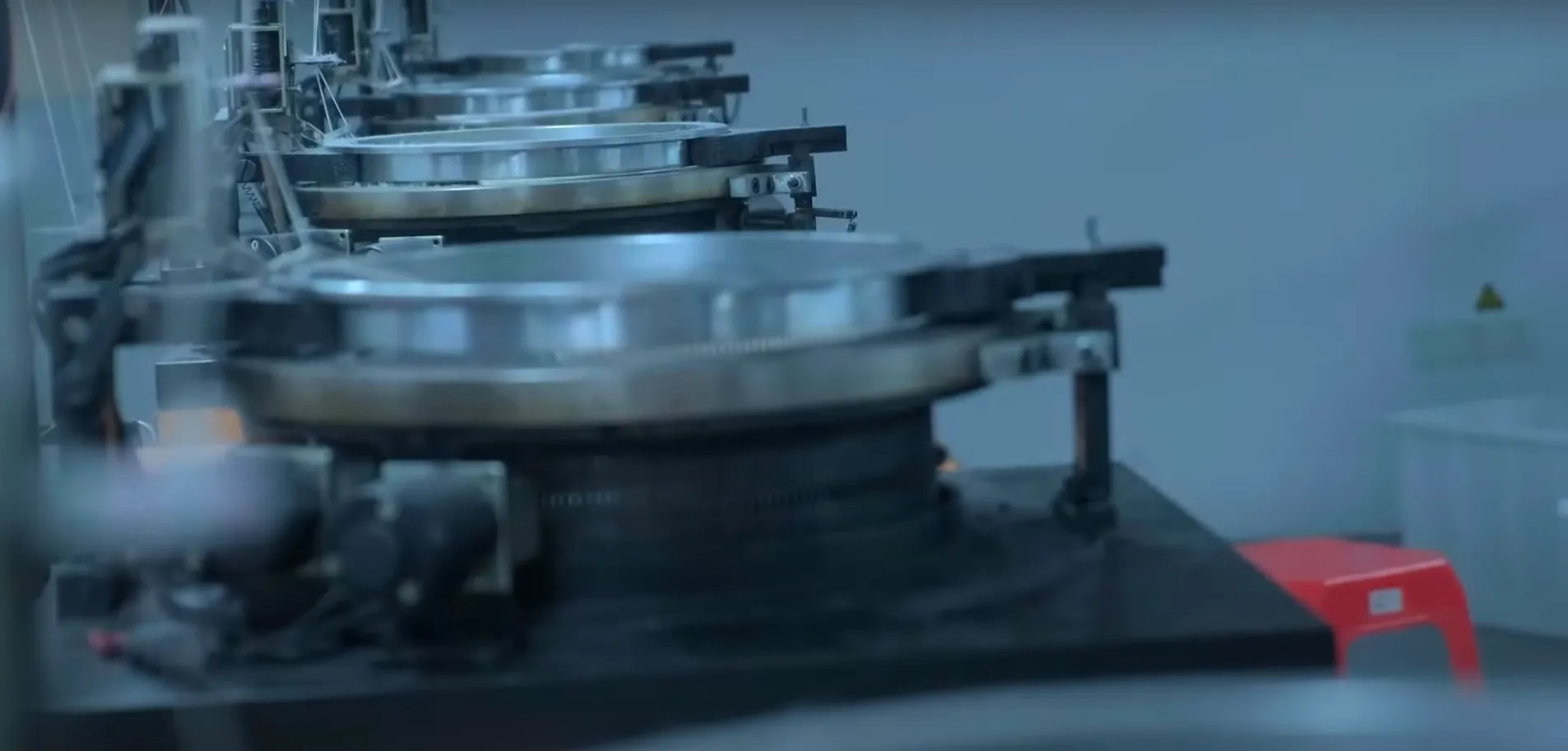
Flat knitting is another method used to manufacture beanies. It involves knitting the beanie in separate pieces, such as the brim and main body, and then sewing them together to create the finished product. Flat knitting can be done by hand or with a machine, and is often used to create more intricate designs and patterns than circular knitting.
However, the seams in flat-knitted beanies can sometimes be uncomfortable or bulky, which is a potential disadvantage of the method. Despite this, flat knitting allows for greater design flexibility and precision, and can also be used to create beanies in a wider range of sizes and styles.
Overall, flat knitting is a popular method for manufacturing beanies that are both stylish and functional.
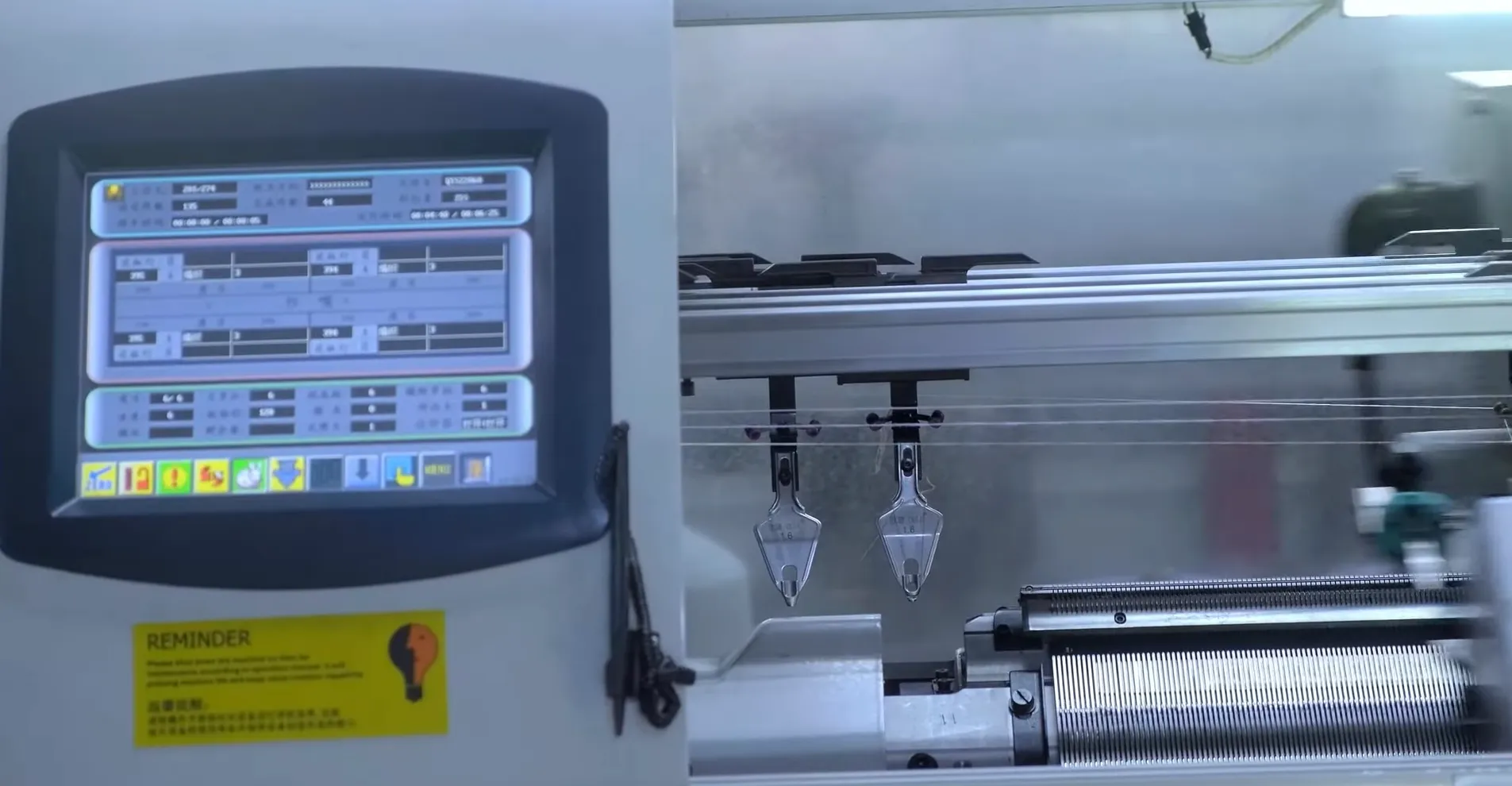
Use suitable machine to dial looper.
Using machine to sew logos on the beanies.
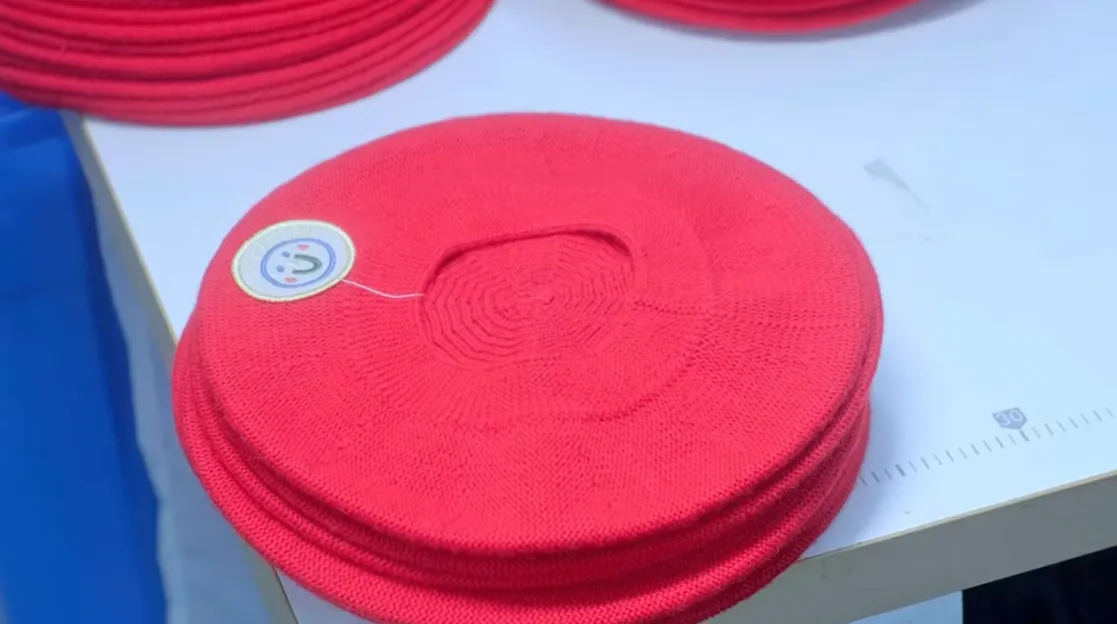
An overlock stitch is formed when a needle (or two needles) penetrate the fabric to sew a seam while a knife blade trims the fabric and looper thread(s) wrap the clean, raw edge.
An overlock stitch, regardless of the number of threads you employ, is a great stitch for construction and general edge finishing. You can use this stitch to completely construct a garment and finish the edges simultaneously but you could use it in tandem with your domestic sewing machine.
Some seams or fabrics benefit from being pressed open after being sewn in order to reduce bulk. In these cases, overlocking raw edges before construction may be the best bet.
The six gathering fabric techniques used most often are:
· Hand gathering.
· Machine gathering (the most common method)
· Gathering with a serger.
· Cord gathering.
· Elastic gathering.
· Gathering with shirring elastic.
Normally, we would use hand gathering.
Classification: soft wash, sulphur wash, hanging dye, rinse, shrinkage wash.
Attention: make the woven piece softer and woolly, enhance the aesthetics, enhance the colour level dyeing, high price (dyeing), cylinder difference, colour inaccuracy (hanging dye/sulphur wash), size not easy to control (hanging dye), best to use cotton white embryo yarn (sulfur wash), hanging dye is hanging dark colours on light colours, the distance of the colour block is not adjustable with limitation.
Photo by Agto Nugroho on Unsplash
Classification: flat embroidery, three-dimensional embroidery, patch embroidery, beadwork embroidery, towel embroidery, hand embroidery.
Attention: difficult to position, difficult to control the embroidery density; threads are not easy to handle, easy to shift, weaving pieces are easy to twist and deform (elastic really hats, entries will be twisted, silk is not straight); not suitable for large area embroidery, will affect the elasticity of the hat.
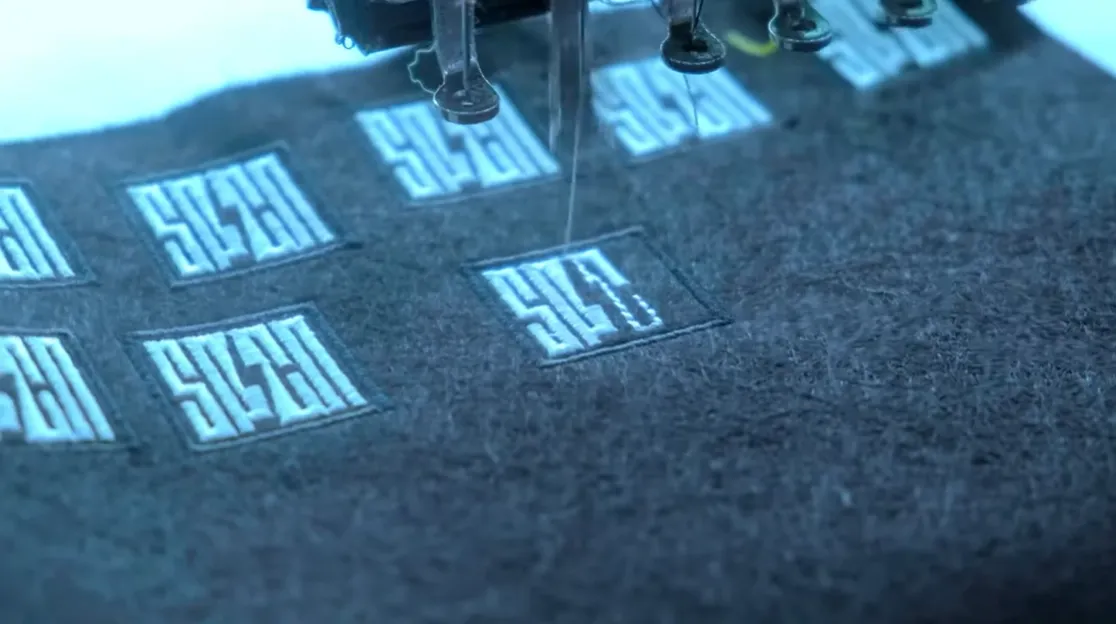
Five preventions: anti-scalding, anti-colour change, anti-stamping, anti-hardening, anti-laser.
Four controls: temperature control, distance control, shape control, size control.
Inspections are important as they allow you to: listen to the concerns of workers and supervisors. gain further understanding of jobs and tasks. identify existing and potential hazards.
Try once and see for 3 times.
Try on the head and feel.
· Inspect the surface.
· Inspect the inside.
· Inspect the accessories decoration.
Generally, this procedure will be used needle detectors, a ferromagnetic metal induction instrument.
A metal detector classification under the application of the textile industry detection instrument. Mainly used for textile ferromagnetic metal foreign body detection.
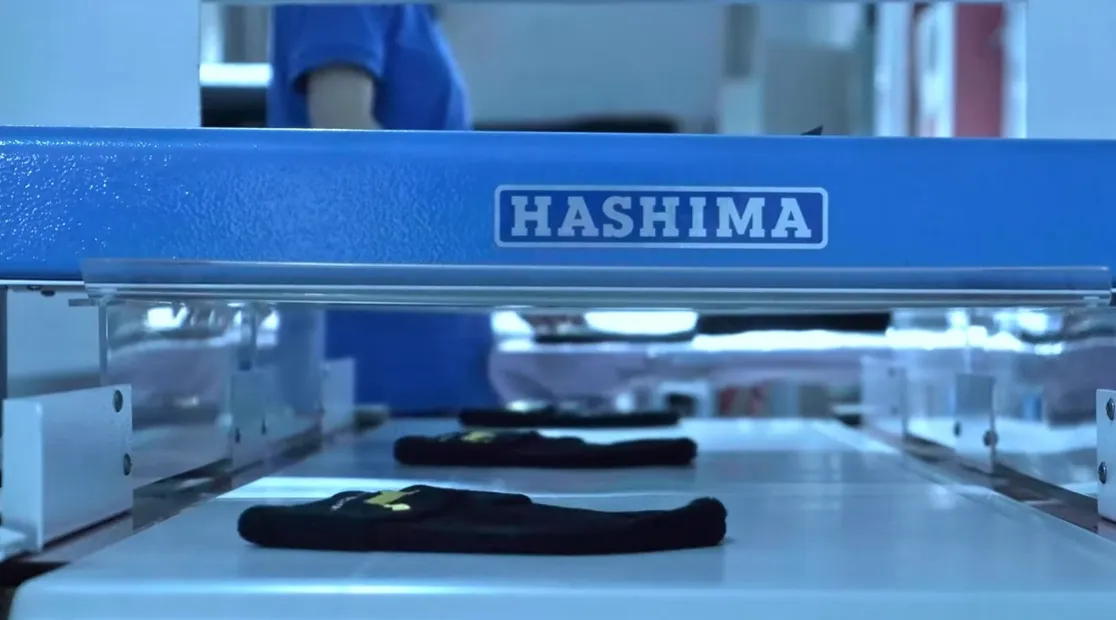
Hang tags on finished beanie using letter gun tagging machine.
Put the product in the bag.
Put all the packages into the warehouse for storage. The temperature and humidity of the warehouse is important for the storage of products.
Normally, temperature maintained between 15-25° C (59-77° F) Humidity maintained between 35-65% RH.
The modern knit hat appears to trace its origins to the Welsh town of Monmouth, whose proximity to Archenfield—a popular wool-producing town—made it a natural knitting hub. Monmouth’s most beloved knitted product? A round hat topped with a “ button.” During the 15th and 16th centuries, the Monmouth cap achieved ubiquity throughout Europe.
Nowadays, the process gets much more comfortable with the help of technological devices. Thus, it helps to increase the production in the possible less and ensures the reduction of the wastages of fabrics.
Any comments below and share your ideas with us!!